Throughout history, cats have been adored by many for their mysterious charm and independent nature. These enigmatic creatures have not only captured the hearts of ordinary people but have also served as muses for some of the most famous artists in the world. This article explores seven renowned artists who found inspiration in their feline friends, each creating unique works that pay homage to their beloved cats. Whether you are a cat lover or an art enthusiast, these stories will surely resonate with you.
Pablo Picasso: The Playful Cat Lover
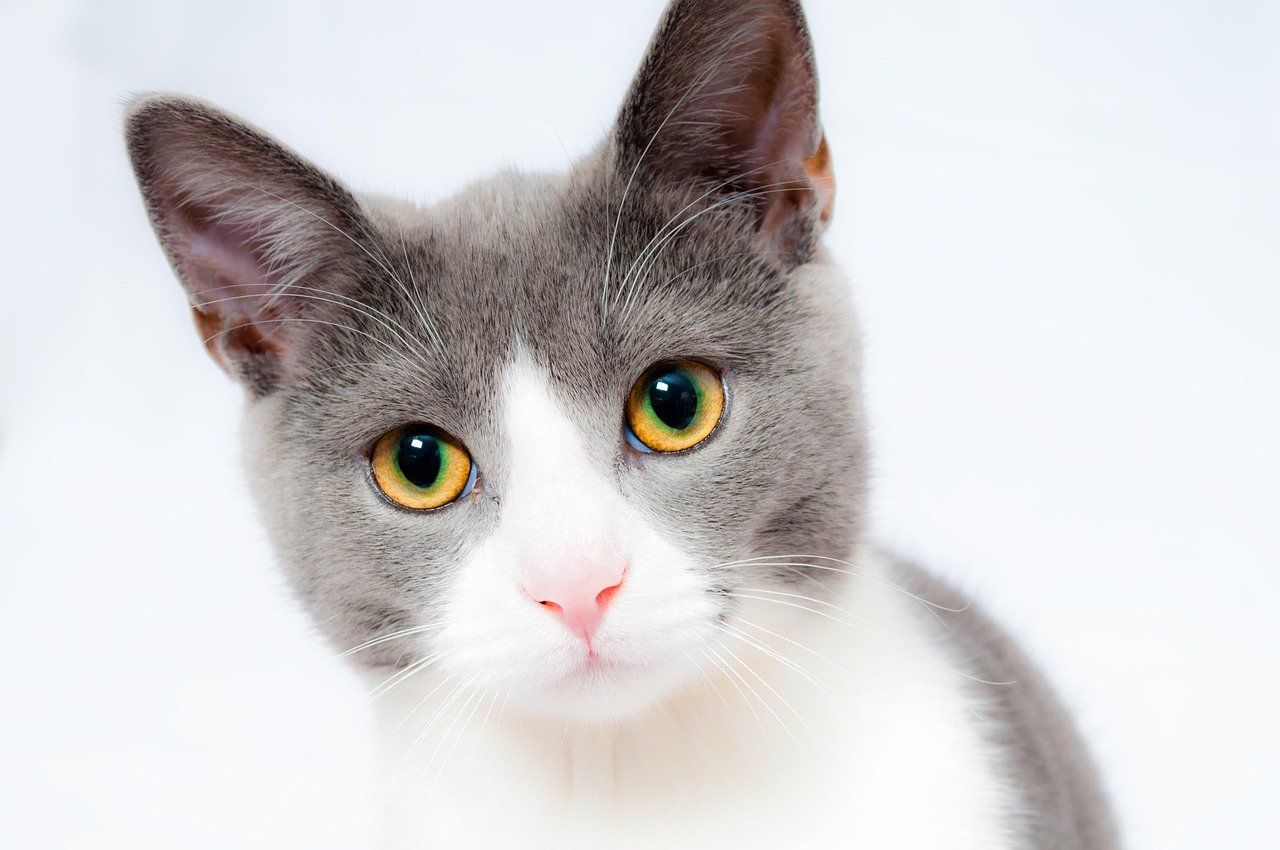
Pablo Picasso, known for his groundbreaking contributions to modern art, was also an avid cat lover. His fondness for cats is evident in various sketches and paintings where these furry creatures often appear. Picasso’s cat, Minou, was a frequent companion during his early years in Paris. The artist admired the playfulness and grace of cats, qualities that echoed in his work, especially during the Cubist period. Picasso’s unique ability to capture the essence of his feline friends in his art is a testament to his deep affection for them.
Henri Matisse: A Feline Friend in Every Studio

Henri Matisse, a leading figure in modern art, found solace and inspiration in the company of cats. Throughout his life, Matisse had several cats, including his beloved Minouche. These companions brought warmth and tranquility to his studio, providing constant companionship during his creative process. Matisse often depicted cats in his paintings, celebrating their elegance and poise. His use of vibrant colors and fluid lines reflects the dynamic energy that he saw in these animals, making his work captivating to both art lovers and cat enthusiasts alike.
Andy Warhol: The Cat Collector
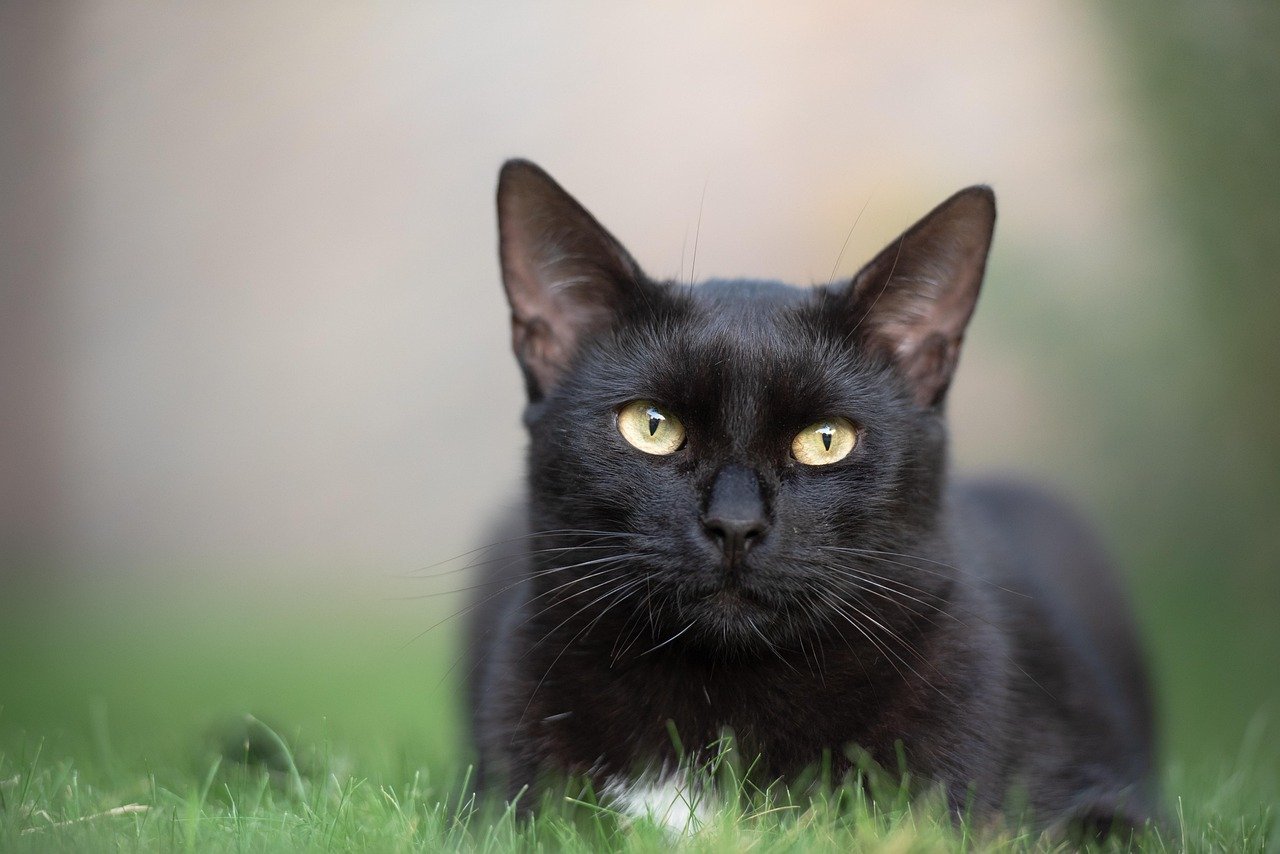
Andy Warhol, the iconic pop artist, was known for his love of cats, owning up to 25 cats at one time, all named Sam. His fascination with these creatures extended beyond companionship; he often included them in his art. Warhol’s book, “25 Cats Name Sam and One Blue Pussy,” showcases his playful and whimsical side, illustrating his affection for these animals. The simplicity and boldness of his cat drawings mirror the pop art movement’s emphasis on popular culture and everyday subjects, making them timeless pieces that continue to enchant audiences.
Leonardo da Vinci: The Cat Observer
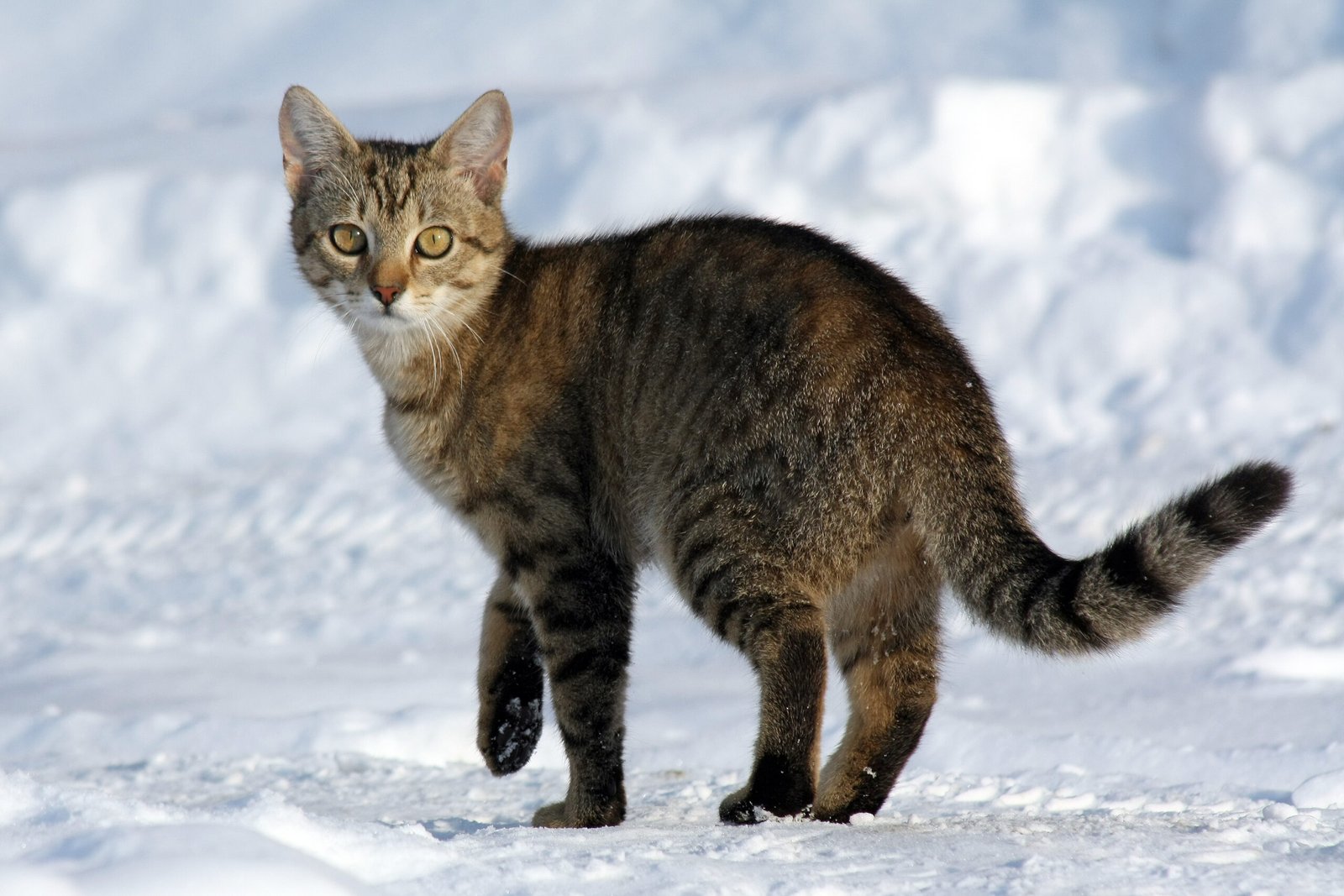
Leonardo da Vinci, a master of the Renaissance, was not only an inventor and scientist but also a keen observer of nature. His sketches of cats reveal his admiration for their anatomical perfection and agility. Da Vinci’s notes often contained observations about cats, highlighting their hunting skills and graceful movements. He believed that studying these animals could provide valuable insights into anatomy and motion. Da Vinci’s fascination with cats is evident in his artistic renderings, where he captures their essence with unparalleled precision and detail.
Paul Klee: The Cat Whisperer
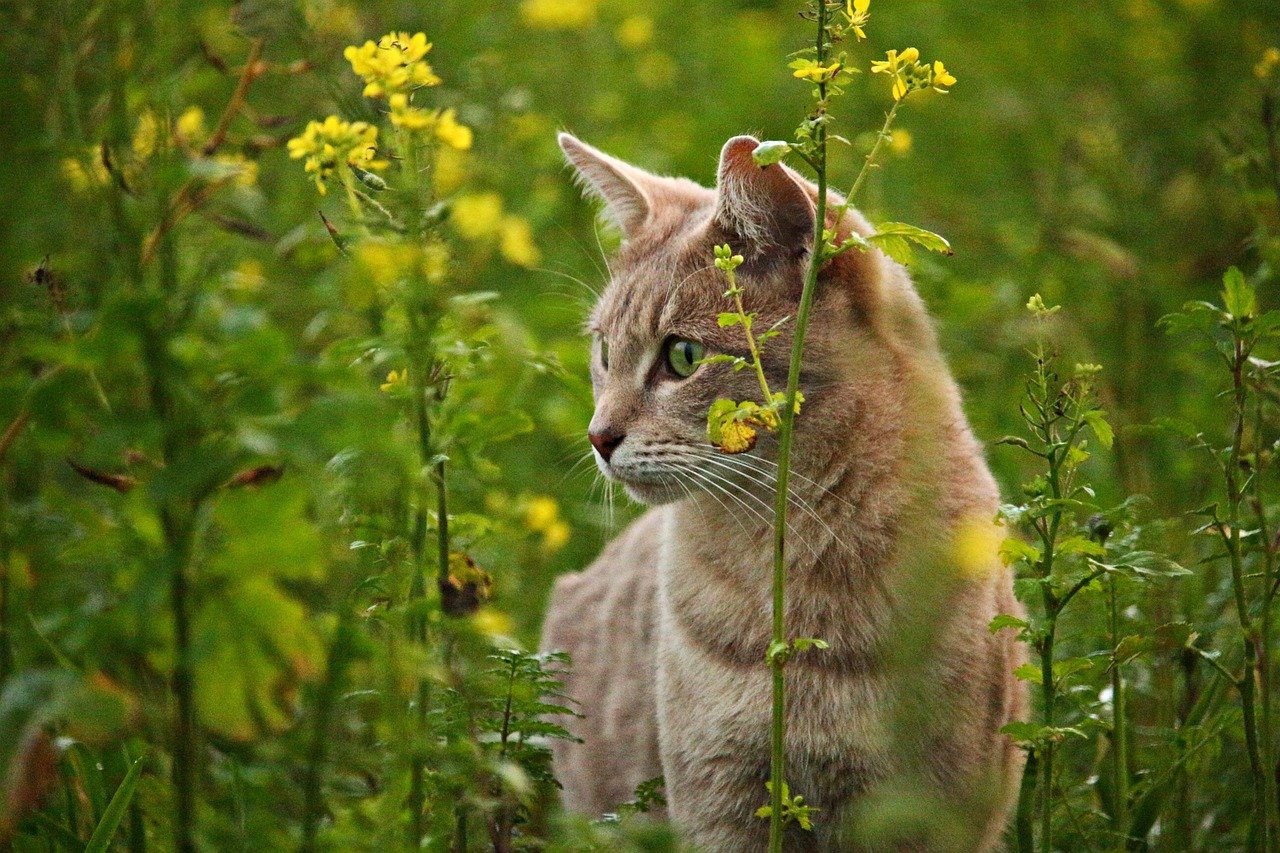
Paul Klee, a Swiss-German artist known for his imaginative and whimsical works, had a deep connection with cats. His beloved feline, Bimbo, was a constant presence in his studio and served as a source of inspiration for many of his paintings. Klee’s art often features abstract representations of cats, using geometric shapes and vibrant colors to convey their enigmatic nature. His ability to infuse his work with a sense of playfulness and curiosity reflects his love for these creatures, making his art both engaging and thought-provoking.
Frida Kahlo: Cats as Symbols of Independence
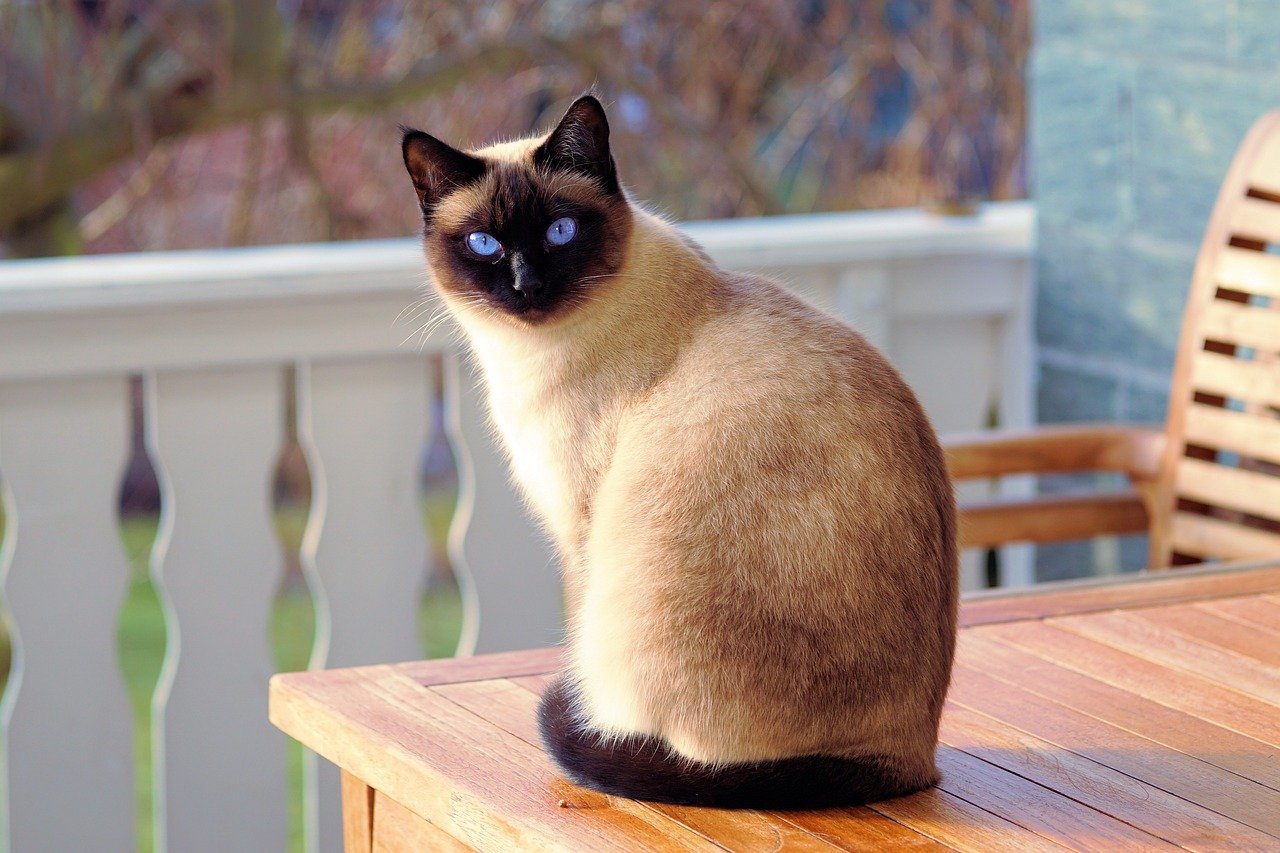
Frida Kahlo, the iconic Mexican painter, often included animals in her self-portraits, with cats appearing as symbols of independence and mystery. Kahlo’s connection to her pets was profound, and they played a significant role in her artistic expression. In her work, cats symbolize the dualities of life, reflecting both vulnerability and strength. Kahlo’s ability to weave her personal experiences with her love for animals creates powerful and emotive paintings that continue to resonate with audiences worldwide.
Gustav Klimt: Feline Elegance and Sensuality
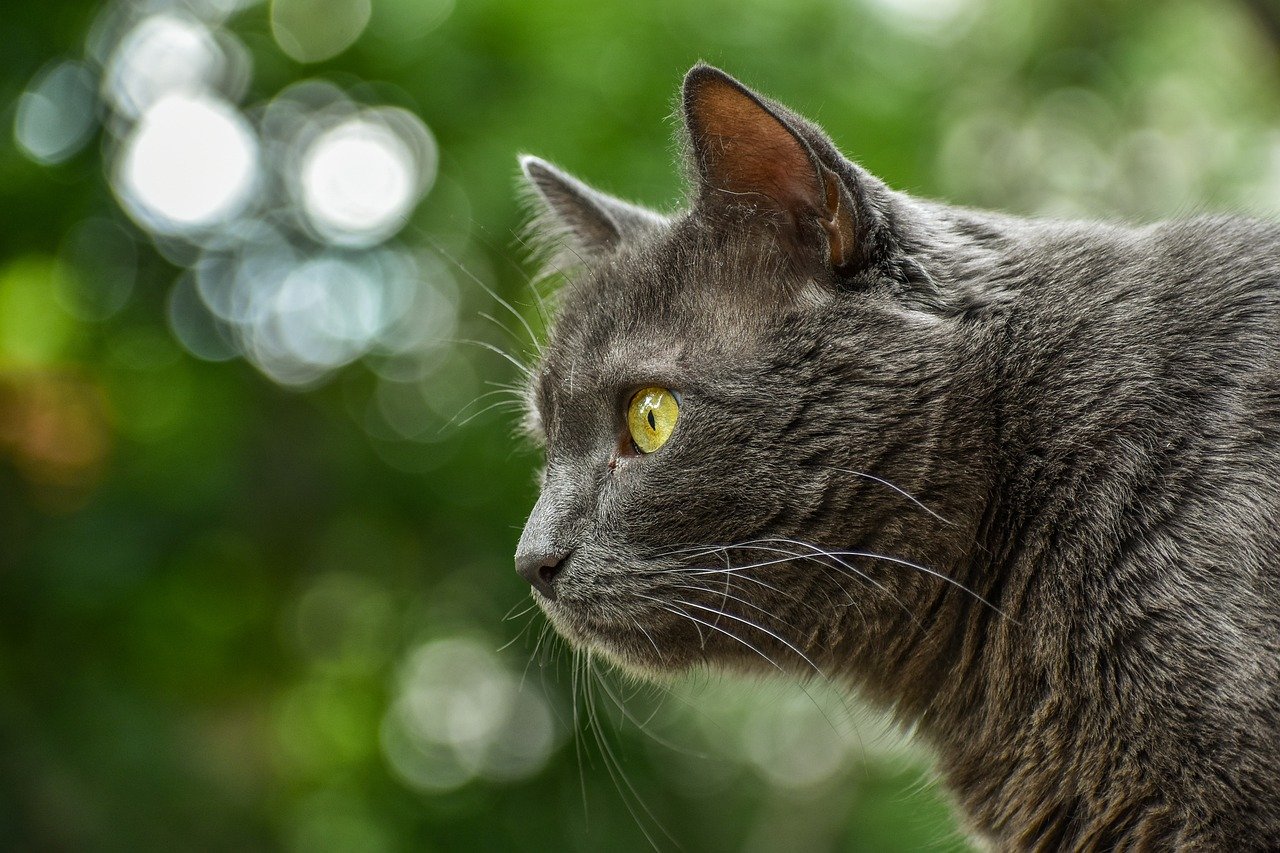
Gustav Klimt, known for his sensual and ornate paintings, found inspiration in the elegance of cats. His feline companions often lounged in his studio, providing a calming presence as he worked on his masterpieces. Klimt’s art captures the fluidity and grace of cats, mirroring their sensual nature in his choice of motifs and patterns. The opulent textures and rich colors in his paintings reflect the allure and mystique of these animals, making them an integral part of his artistic vision.
Salvador Dalí: Cats and Surrealism
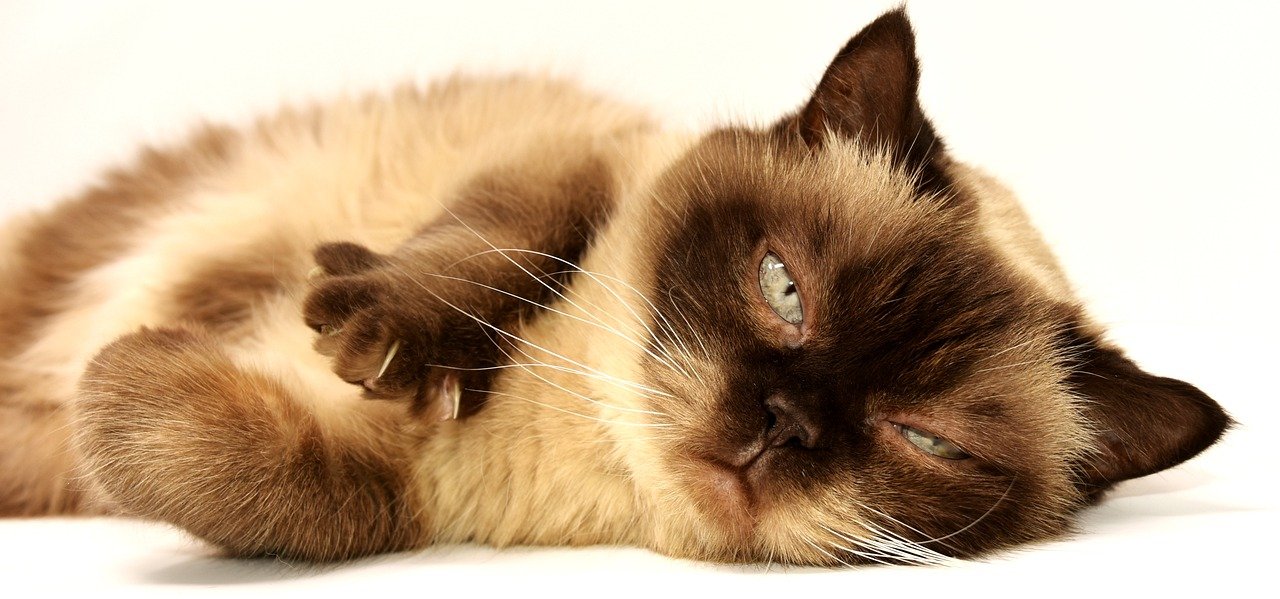
Salvador Dalí, the surrealist maestro, had a penchant for the bizarre and whimsical, and cats fit right into his world. His beloved pet ocelot, Babou, was a frequent companion at public events and even made appearances in his art. Dalí’s fascination with cats extended to their mysterious and unpredictable nature, which aligned with the surrealist movement’s exploration of dreams and the subconscious. His art often features dreamlike imagery, with cats symbolizing the enigmatic and otherworldly aspects of human experience.
Pierre-Auguste Renoir: Cats in Everyday Life
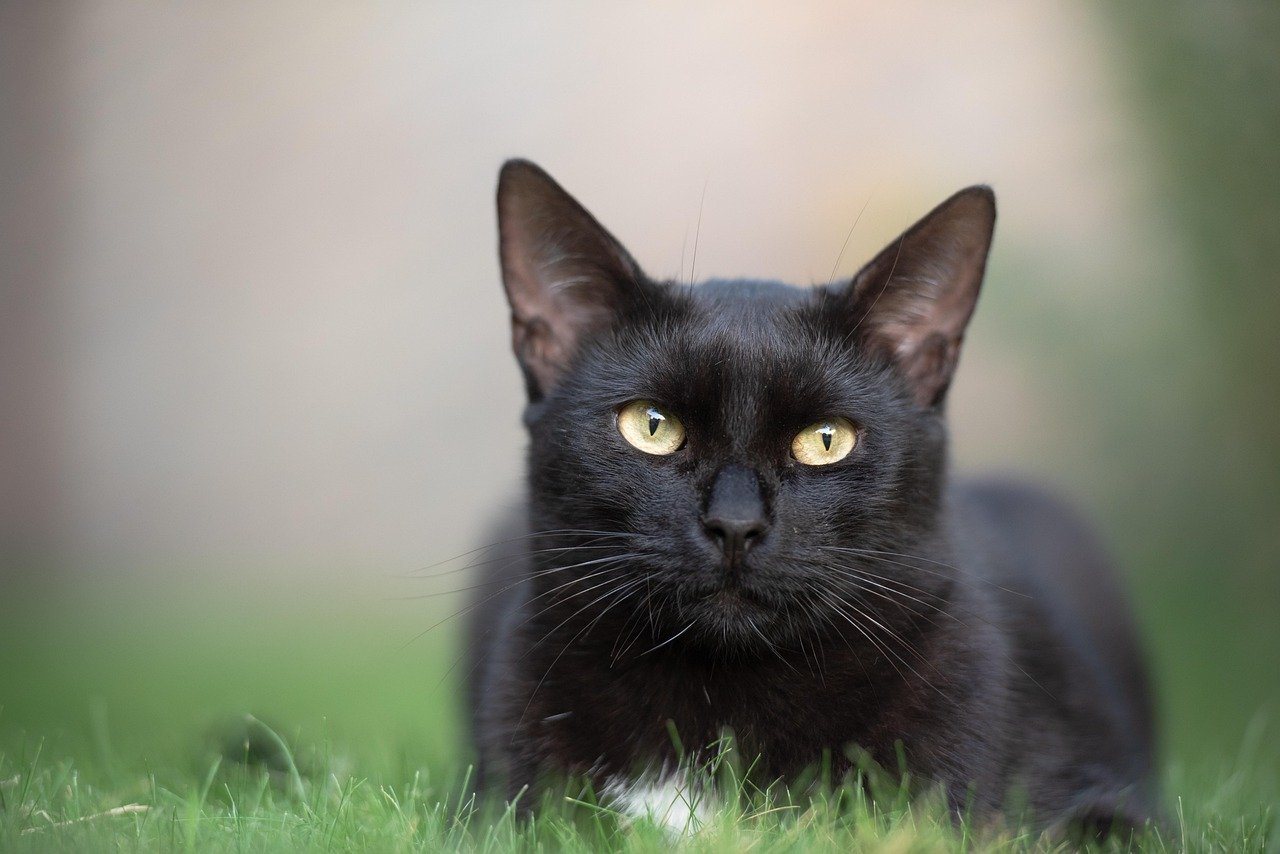
Pierre-Auguste Renoir, a leading Impressionist painter, often depicted scenes of everyday life, and cats were no exception. His paintings capture the warmth and intimacy of domestic settings where cats are seen lounging or interacting with their human companions. Renoir’s use of light and color brings a sense of vitality and warmth to his work, celebrating the simple pleasures of life. Cats, in his art, represent the comfort and companionship they provide, making them an enduring subject in his paintings.
Edvard Munch: Cats as Companions in Isolation
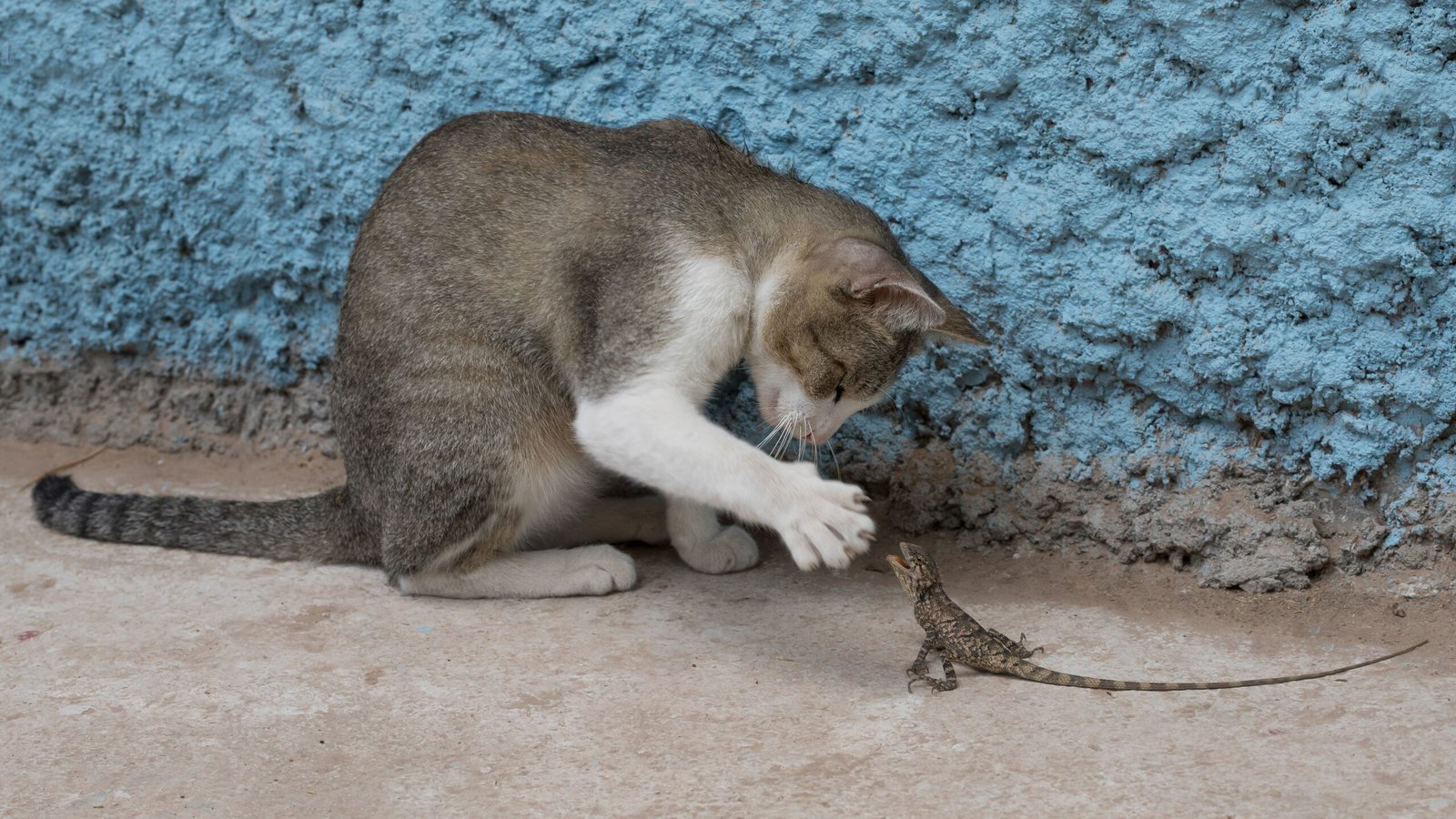
Edvard Munch, the Norwegian artist best known for “The Scream,” found solace in the company of cats during periods of isolation and introspection. His cats provided comfort and companionship, serving as a source of emotional support. Munch often included cats in his art, using them as symbols of solitude and reflection. His ability to convey deep emotions through his work, coupled with his love for these creatures, creates a powerful connection between the viewer and the subject, making his art both relatable and profound.
In conclusion, cats have served as a source of inspiration and companionship for many famous artists, influencing their work and enriching their creative lives. From the playful sketches of Picasso to the elegant renditions of Klimt, these artists have captured the essence of their feline friends in ways that continue to resonate with audiences today. Whether through symbolism, abstraction, or realistic portrayals, the bond between these artists and their cats remains a testament to the enduring allure and inspiration that these enigmatic creatures provide.
Hi, I’m Bola, a passionate writer and creative strategist with a knack for crafting compelling content that educates, inspires, and connects. Over the years, I’ve honed my skills across various writing fields, including content creation, copywriting, online course development, and video scriptwriting.
When I’m not at my desk, you’ll find me exploring new ideas, reading books, or brainstorming creative ways to solve challenges. I believe that words have the power to transform, and I’m here to help you leverage that power for success.
Thanks for stopping by, Keep coming to this website to checkout new articles form me. You’d always love it!






